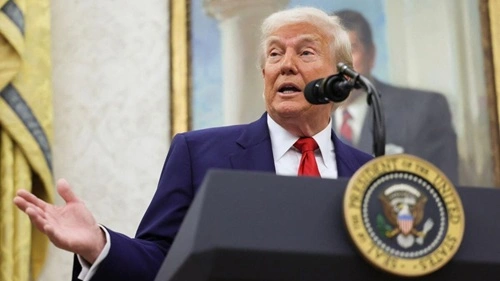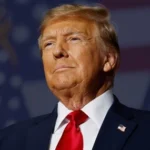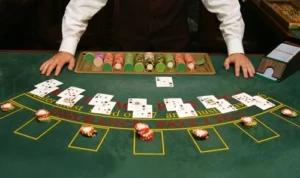Yes, in a way, Trump Tariffs Ruled Illegal By Federal Judicial Panel and it happened recently. But that’s not the full picture actually, if you truly want to understand it in a much better way and on a deeper level, let’s get to the details of it all. That way, you’ll be able to form a conclusion on your own regarding these tariffs being imposed and whether they’re right or wrong. Here we go.

What Were Trump’s New Tariffs?
As every citizen of the country already knows, Donald Trump declared a new set of tariffs in April 2025. For the most part, these were added charges applied to products entering the US from other countries. His idea was to impose a 10% tariff on almost everything from most countries. For the countries China, Canada, and Mexico, he was even aggressive in the sense that he planned to climb up to a 25% or 30% increase. That messed with a lot of people’s minds who straight up opposed this idea.
In a report by Trump, the objective was multifaceted, including the decrease of the trade deficit of the U.S. The phenomenon occurs when the country has purchased more products from other countries than it sold.
Was Trump Allowed to Do That?
To announce these tariffs without Congress, Trump employed the International Emergency Economic Powers Act (IEEPA), a 1977 piece of legislation. It enables presidents to do special things in times of a national emergency that is related to the foreign threat.
The question is that of IEEPA not being designed for imposing trade tariffs. Trump’s defense was that the trade deficit and the drug crisis were of such a magnitude that the law was a proper instrument for his purposes. Furthermore, he called the names of the tradetools such as 1962’s Section 232 of the Trade Expansion Act and 1974’s Section 122 of the Trade Act that do not give a man the right to impose duties without the proper process of Congress. This is precisely where a lot of people in the country are questioning the legality of this step taken by the 47th President of the United States.
What Did the Judges Say?
The judges of the U.S. Court of International Trade (USCIT) on May 29, 2025, rejected Trump’s tariffs infringement decision with a negative vote. The judges found it as if the president, acting for no reason, thus, governing the American trade, was stretching the IEEPA law, falsifying its original purpose, and this plan was not legally his to implement.
Basically, simply declaring something such as a national emergency doesn’t mean that you can use the emergency as a bypass to Congress or to start levying new taxes. The judges did not regard the trade deficit or drug issues as emergencies under this law. That’s why they refused to let the tariffs be imposed.
Who’s Supporting the Ruling, and Who’s Against It?
Many small business owners and trade experts hailed the ruling of the judges, terming it a good one. They think that the duties were a burden on consumers, made life harder for them, and at the same time jeopardized employment.
However, some of the President’s team are fully convinced that the judgment of the judges was incorrect. Some other countries, even like Australia and Hong Kong, positively acknowledged the court’s ruling, as they were anticipating that such a major dispute between the two nations of a trade war scale would be avoided.
















